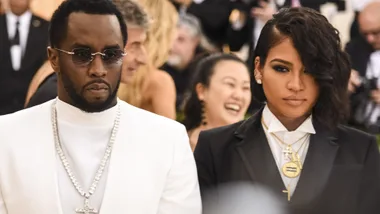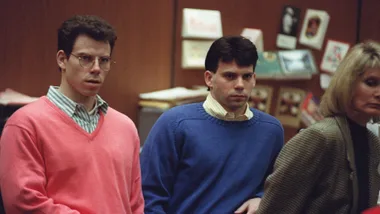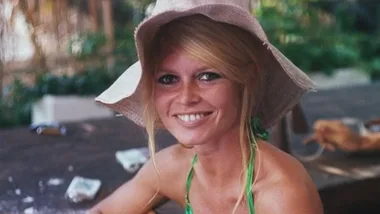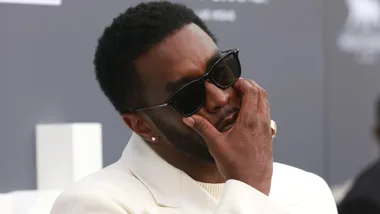Sometimes it’s easy to forget just how far society has come. Less than a hundred years ago, women couldn’t vote, they couldn’t own property and they couldn’t work certain jobs, and while most of that has changed—there are still a few career paths that still feel like they’re stuck in the Middle Ages.
Of those, is the fields of STEMM—science, technology, engineering, medicine and mathematics—where women are only making up around 16 per cent of all Australians in those categories.
February 11 marks the UN International Day of Women and Girls in Science, with the 2021 theme: female scientists at the forefront of the fight against COVID-19.
The purpose of the day is to “achieve full and equal access to and participation in science for women and girls.”
In celebration, we’ve put together a list to recognise and celebrate some of the greatest women in science today, paving the way for more to come. Below, we highlight eight of the most impactful and famous Australian female scientists.
Healthcare Workers On The Frontline
For its 2020 Women of the Year, marie claire Australia recognised our nation’s healthcare workers on the frontline for their courageous and unwavering efforts to stop the spread of COVID-19.
The women pictured here—nurses at The Royal Melbourne Hospital—weathered the storm with grace. They’ve suffered gruelling hours, PPE shortages and periods of separation from loved ones, and they’ve watched patients suffer and die without family at their bedside—and we salute them.
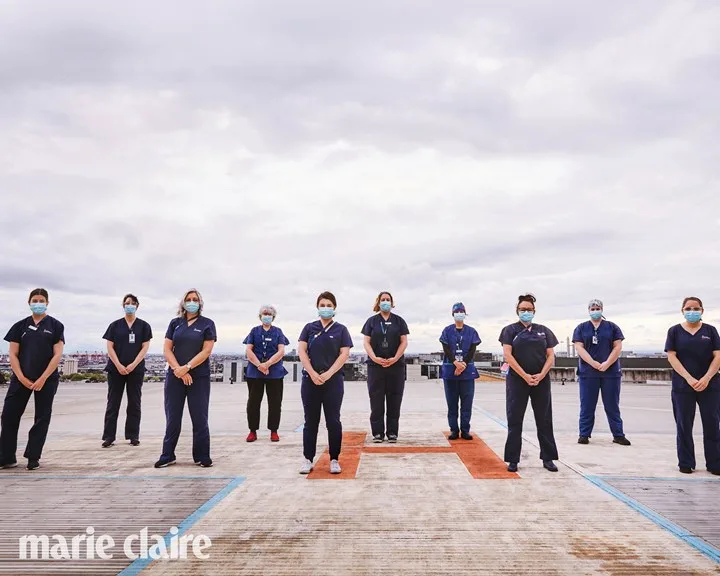
Emma Johnston
You may be familiar with Emma Johnston as the co-presenter of Coast Australia. But off-camera, she’s one of Australia’s most impactful marine biologists. Her work in the Sydney Harbour has shed light on our impact as a society on marine life, the vulnerable state of Antarctic marine communities, and how to manage Australian estuarine biodiversity.
Johnston has won several awards, such as the 2014 Nancy Willis Medal for Women in Science and the 2018 Clarke Medal, for her contributions to marine ecology. She’s currently the president of Science & Technology Australia and the Dean of Science at the University of New South Wales.
Elizabeth Blackburn

Elizabeth Blackburn is a famous Australian scientist who changed the world as we know it. In 1984, she and her co-scientist Carol Greider discovered the telomerase, the protective cap at the ends of eukaryotic chromosomes that prevent it from damage—this discovery has significantly impacted cancer research and aging research.
This groundbreaking work led to much acclaim, including a spot on Bush’s President’s Council on Bioethics. She even won the 2009 Nobel Prize for Physiology and Medicine, making Blackburn the first Australian woman to do so.
Marguerite Evans-Galea
Marguerite Evans-Galea grew up loving music, but science would soon prove to be her biggest love. After graduating with a double degree in Science and Music, Evans-Galea set out to make a difference. In 2008, she joined a team at the Murdoch Children’s Research Institute and started developing therapies and treatments for young kids afflicted with Friedreich’s ataxia, a neurodegenerative disease that commonly leads to years of severe disability.
Outside of her research work, Evans-Galea has somehow found time to advocate for gender equality in the scientific community. She co-founded and is CEO of Women in STEMM Australia (formerly Women in Science Australia), an organisation that aims to raise awareness on the issues women in STEMM face as well as providing opportunities for women who aspire to work in the field.
Deborah Williamson
The development of antibiotics was one of the most (if not THE most) important discoveries in modern medicine, one that continues to save millions of lives. But antibiotic resistance threatens to throw us back into a pre-antibiotic world where trivial infections could be fatal.
Deborah Williamson is working towards a solution. Her work on the golden staph bacteria is bringing us closer to an understanding of antibiotic resistance, why bacteria develops resistance in the first place, and what we can do to stop it.
Belinda Liddell
Belinda Liddell knows better than anyone how traumatic events can change a person. Her research focuses on using neuroscience to map how trauma physically damages the brain.
Lidell combines that with an understanding of cross-cultural differences to understand why the refugee experience, in particular, is different compared to other kinds of traumatic experiences. This has led to more evidence-based and targeted treatments for the refugee population, and more awareness about the impact of conflict and terror on the human mind.
Michelle Simmons

A pioneer of atomic electronics, Michelle Simmons is paving the way for the future. This 2018 Australian of the Year has dedicated her life to a branch of quantum physics that focuses on electronics and information science. She initially gained international recognition for her development of hole transistors in the 1990s, but her defining work wouldn’t come until a decade later.
Simmons and her team started working on extremely precise manufacturing equipment in 2000. Using atomic-level imaging instruments, they are the only team that has created atom-precise silicon devices. They were also the first team in the world to develop a perfect single-atom transistor. Simmons’ research group received millions of dollars in grants to develop the first commercially-practical 10-qubit quantum computer by 2022.
Nasim Amiralian
While doing research for her PhD in nanomaterials engineering, Amiralian discovered high-quality nanofibres in spinifex grass, a common plant around Australia. She then found a way to easily isolate those nanofibres in a way that was also cost-effective and eco-friendly.
This laid the groundwork for developing stronger, more sustainable materials, similar to carbon fibre, but renewable and much cheaper to produce.
Not only does this maximise Australia’s natural resources, but it also led to the establishment of Australia’s first nanocellulose production plant. The undertaking has also supported Indigenous Australians by providing more opportunities for education and training.
Dharmica Mistry

In Australia, 49 women are diagnosed with breast cancer every day. Early detection is the key to recovery, but many women don’t realise it until it’s too late.
Dharmica Mistry may not have done it on purpose, but she made a groundbreaking discovery that has the potential to save lives across the globe!
While trying to investigate the link between breast cancer and hair, Mistry found that there were certain lipids associated with the illness. If they could isolate and identify these lipids in a blood test, then they could have an affordable, non-invasive, and accurate way of diagnosing breast cancer.
Early studies are optimistic; the BCAL (Breast Cancer Associated Lipids) tests were 90 per cent accurate, a significantly higher rate compared to other methods like mammography. Plus, there was another breakthrough: the test could potentially detect other kinds of cancer as well.
Excitement For The Future
There have been some incredible female physicists, biologists, chemists, and medical scientists to come out of Australia in the last twenty years alone. And with STEM working towards a more inclusive and female-friendly environment, we’re sure there will be even more brilliant Australian female scientists in the future.
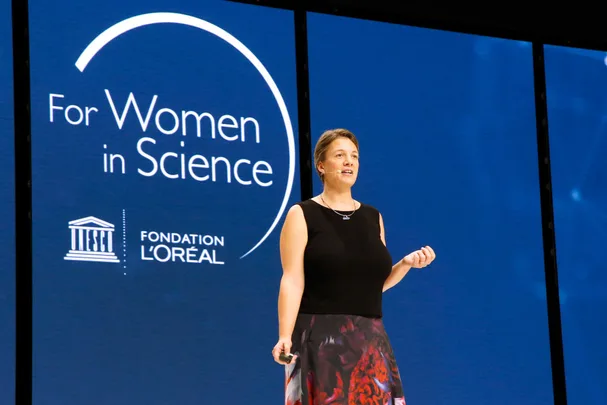 Getty
Getty



